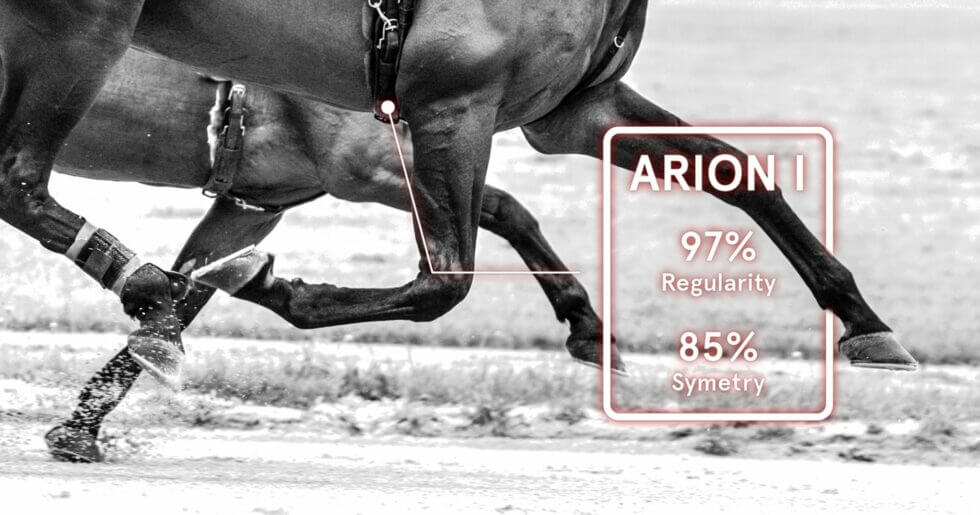As racehorses are true athletes, monitoring their health and performance is essential. Tracking a racehorse over time allows us to examine the three most important aspects of a racehorse’s performance: fitness, speed and locomotion. In this third part, we will study the longitudinal follow-up of the locomotion of the athletic horse.
Knowing the LOCOMOTION profile thanks to longitudinal tracking (STRIDE LENGTH & STRIDE FREQUENCY at 60km/h in Analytics)
To build up the locomotor profile of a racehorse, two indicators must be analysed: stride length and stride frequency. In racing, if the stride becomes longer it will logically be more difficult to sustain a high pace. Likewise, when you want to accelerate the pace of your strides, it becomes difficult to maintain a long stride. Finally, pace is often directly correlated with endurance: a high pace is difficult to sustain over a long period of time and will therefore hinder high endurance.
Thanks to these two indicators, it is possible to identify two theoretical profiles according to the type of race: the sprinters who will be oriented towards short distance races and the milers or stayers who will be engaged in long distance races.
The sprinters will have a high stride-rate, which they develop over long distances, allowing them to reach their maximum speed quickly.
Milers and stayers will have a low stride rate and a high amplitude that allows them to develop their speed over the distance.
In this example, we notice that the average stride rate of the horse at 60km/h is less than 2.4.

In theory, this means that this horse is a miler and should be run in races from 1600m to 2300m. The trainer therefore used the Analytics functionality of the Equimetre platform to get a more precise idea of the horse’s locomotor profile and align it with races adapted to its profile. In practice, this horse obtained its best results over 2000m distance: the data analysis enabled the trainer to extend the horse and find its preferred distance.
Keywords: locomotion profile, longitudinal tracking, stride length, stride frequency

